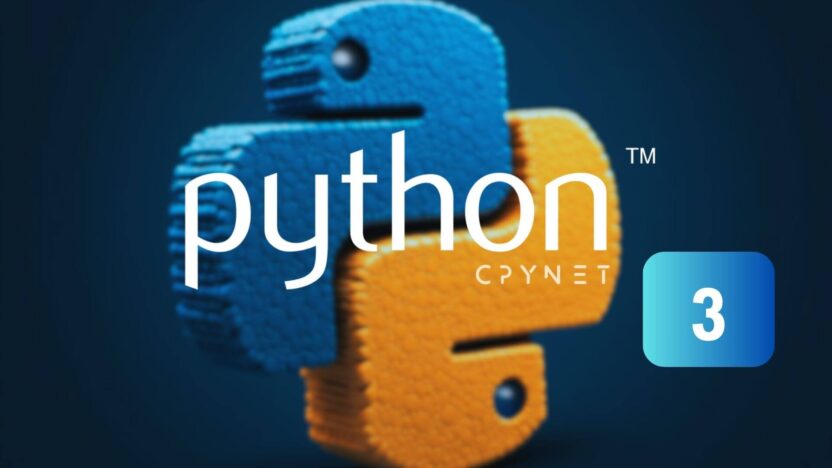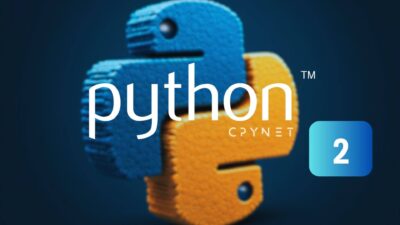Python is one of the most widely used programming languages today, known for its simplicity and readability. When you start programming in Python, one of the first concepts you will encounter is variables. In this article, you will learn what variables are in Python, how to use them, and their basic characteristics.
What is a Variable?
A variable is a name used to store a value. In the programming world, variables are used to store, manipulate, and retrieve data. You can think of a variable as a container that holds a value, which can be changed during the execution of a program.
In Python, variables can be created without explicitly specifying a data type. Python automatically determines the type of data that is assigned to a variable. This is an example of Python’s dynamic typing.
Defining Variables in Python
Defining a variable in Python is quite simple. Once you define a variable, you can assign it a value. Here’s a basic example:
x = 5
y = "Hello, Python!"In this example:
- The variable
xis assigned the value 5, which is an integer. - The variable
yis assigned the value “Hello, Python!”, which is a string.
Variable Naming Rules
There are certain rules for naming variables in Python:
- A variable name must start with a letter (a-z, A-Z) or an underscore (_).
- A variable name can only contain letters, numbers, and underscores.
- A variable name cannot be a Python keyword (e.g.,
if,for,while).
Valid Variable Names:
agename_1total_sum
Invalid Variable Names:
1name(cannot start with a number)for(Python keyword)
Data Types of Variables
In Python, variables can have different data types. The most commonly used data types are:
- Integer (int): Whole numbers, both positive and negative.
number = 10- Float (float): Decimal numbers.
pi = 3.14- String (str): Sequences of characters or text.
greeting = "Hello, World!"- Boolean (bool): True or False values.
is_python_fun = True- List: A collection of multiple elements.
fruits = ["apple", "banana", "cherry"]Python automatically determines the data type of a variable, and you can change the type of a variable during runtime.
Reassigning Values to Variables
Variables in Python can hold different values at different times. A variable can be reassigned a new value, and Python will automatically adjust the variable’s type if necessary.
For example:
x = 10
print(x) # 10
x = "Hello, World!"
print(x) # "Hello, World!"In this case, x initially holds an integer value (10), but later it is reassigned to hold a string (“Hello, World!”).
Using Variables in Python
Variables are used to store data, process information, and manipulate values in Python programs. Here’s a simple example:
# Defining variables
name = "Ali"
age = 25
# Using variables
print("Name:", name)
print("Age:", age)
# Mathematical operation with variables
total = age + 5
print("Age in 5 years:", total)Output:
Name: Ali
Age: 25
Age in 5 years: 30Memory Management of Variables
In Python, each variable is stored in memory as a reference to a value. In other words, a variable does not directly contain the value, but rather points to the memory location where the value is stored. Python manages memory allocation for variables automatically.
Conclusion
Variables are fundamental in Python programming. They allow you to store and manipulate data effectively. In this article, you learned what variables are, how to define them, the different data types available in Python, and how to reassign values to variables. Understanding variables is essential for writing more complex Python programs.
As you continue learning Python, experiment with different data types and variable assignments to build a deeper understanding of how variables work in the language. The more you practice, the more efficient and powerful your Python programs will become.





